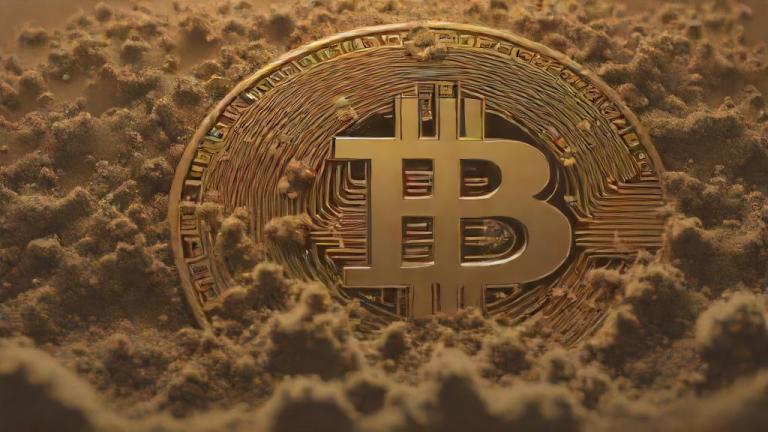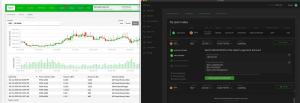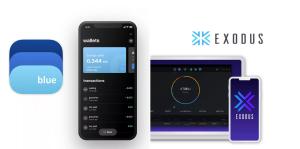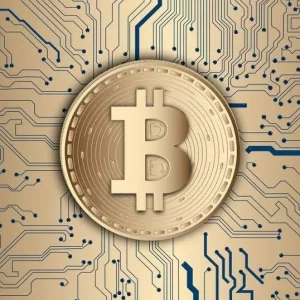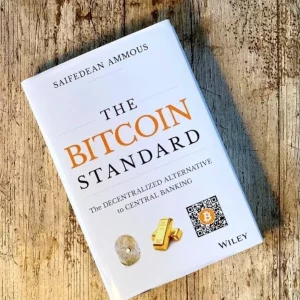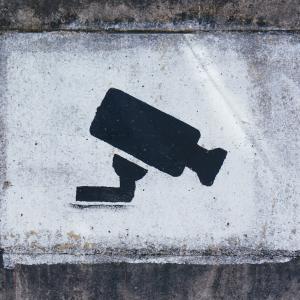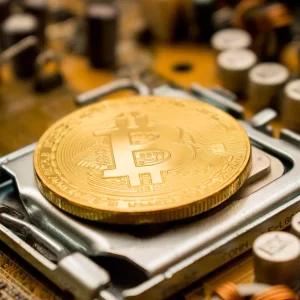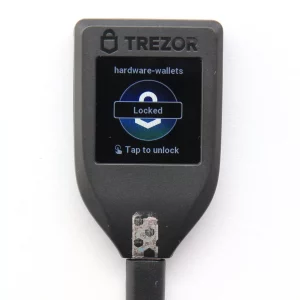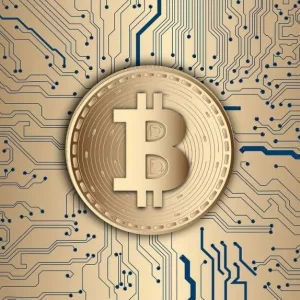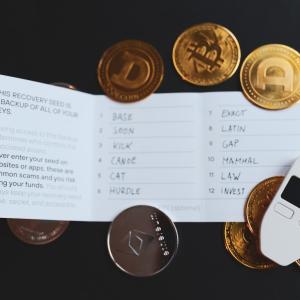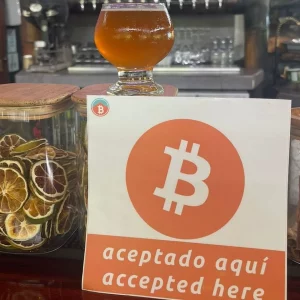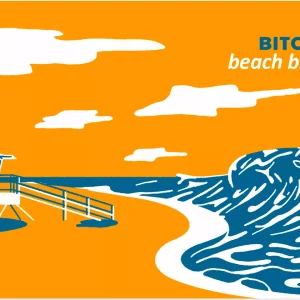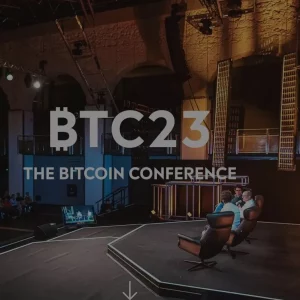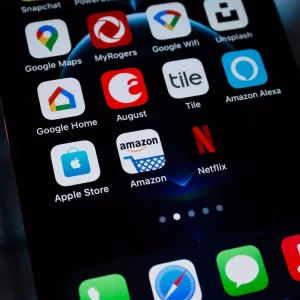There are various concepts and terminologies that are crucial to understanding how the blockchain operates. One such concept is “Bitcoin Dust.” I am going to look into Bitcoin dust, its implications, and how to manage, avoid and eliminate it.
What is Bitcoin Dust?
Bitcoin dust refers to tiny, fractional amounts of Bitcoin that are often too small to be processed or used in transactions. The amount is so small that the transaction fees required to move it would exceed the dust’s value, rendering it practically unusable. Bitcoin dust limit is usually less than 0.00000546 BTC (546 satoshis), the minimum amount required to send a transaction on the Bitcoin network. As a result, dust accumulates in users’ wallets, taking up space and causing inconvenience. However, the actual threshold for dust is variable and depends on the size of the transaction and the transaction fee rate at the time.
What is Dust UTXO?
In the context of Bitcoin transactions, UTXOs are the outputs of a transaction that have not yet been spent and can be used as inputs in future transactions. Dust UTXO (Unspent Transaction Output) is a term used to describe the accumulation of Bitcoin dust in your wallet. When a user receives a small amount of Bitcoin, it gets added to their wallet as an unspent output. If this output is too small to be used in a transaction because it would cost more in transaction fees than its actual value, it becomes dust, clogging up the blockchain with unspendable outputs and making it harder to manage.
What is a Dust Attack?
A dust attack is a tactic used by malicious actors where they send tiny amounts of Bitcoin (dust) to many Bitcoin addresses. The primary goal of a dust attack is to compromise the privacy of Bitcoin users. By sending dust to multiple addresses and tracking their movements, attackers can analyze transaction patterns and potentially de-anonymize users by linking their addresses together.
This attack can cause several issues, including:
- Dust UTXOs complicate Bitcoin wallet management by adding many small, nearly unspendable outputs, making it harder to manage and use.
- Increased network congestion, as the attacker generates a high volume of transactions. While this is technically true, it’s worth noting that most dust attacks involve very small amounts sent in a few transactions, so the impact on network congestion is generally minimal. The primary risk is privacy-related rather than technical congestion.
- Potential for wallet software or hardware failures due to the sheer number of transactions.
Can You Avoid Dusting Transactions?
Avoiding dusting transactions can be challenging because dust can accumulate from regular Bitcoin usage, such as microtransactions or change from larger transactions. However, being vigilant and using privacy-focused wallets that can detect and alert you of dust transactions can help. It’s also advisable to avoid using public addresses repeatedly and to employ techniques such as CoinJoin to enhance privacy.
Basically, to avoid dusting transactions, you can take these steps to minimize their occurrence:
- Use a wallet that allows you to set a minimum transaction amount or has a built-in dust filtering feature, such as Wasabi and Green Wallet .
- Avoid using wallets that don’t support SegWit (Segregated Witness) transactions, as these can help reduce the impact of dusting attacks.
- Be cautious when receiving small transactions from unknown sources, as these might be part of a dust attack.
What Happens to Bitcoin Dust?
Bitcoin dust, when accumulated in significant amounts, can add clutter to your wallet and the blockchain. Since the dust is often too small to be worth spending, it can remain in the wallet indefinitely. However, if not managed properly, it can become a privacy concern due to the potential for dust attacks. Some exchanges and wallets may automatically consolidate or sweep dust UTXOs to prevent clutter in users’ wallets.
How to Get Rid of Bitcoin Dust?
Getting rid of Bitcoin dust can be done in several ways:
- Consolidating Transactions: You can consolidate your dust by sending multiple small UTXOs to a single address. Although this involves paying a transaction fee, it can help clean up the wallet. Consolidating dust can be done during periods of low transaction fees to minimize the cost. Additionally, you should be aware that consolidating dust could link multiple addresses and reduce privacy.
- Using Dust Sweeping Services: Some exchanges and wallets offer dust sweeping services that automatically detect and consolidate dust into a single output.
- Manual Transactions: You can manually create transactions that combine dust UTXOs. This method requires understanding how to manually construct transactions, including setting appropriate fees.
For better control over your Bitcoin transactions, use wallets that offer coin control and UTXO management features. This allows you to deliberately choose which UTXO to spend, rather than being forced to spend the entire UTXO, including any potentially malicious ones sent by an attacker to your wallet. Such wallets include BlueWallet (mobile & desktop), Electrum (mobile & desktop), Blockstream Green (desktop & mobile), Wasabi Wallet (desktop), Mycelium (mobile), and Trezor (hardware).
How to Get Rid of a Dusting Attack?
To protect yourself from dusting attacks, follow these steps:
- Identify Dust Transactions: Use wallet software that can identify and segregate dust transactions from your regular balance.
- Ignore or Spend the Dust: If identified as part of a dusting attack, the dust UTXOs can either be ignored or spent in a way that doesn’t compromise privacy, such as through CoinJoin transactions.
- Enhanced Privacy Measures: Employ privacy-enhancing tools and techniques, like using new addresses for each transaction, avoiding address reuse, and leveraging privacy-focused wallets.
- Monitor and React: Continuously monitor your wallet for unusual small transactions and react promptly by segregating or consolidating them.
Mitigate Impact of Bitcoin Dust and Dusting Attach
Bitcoin dust, while seemingly insignificant, poses unique challenges and potential risks for Bitcoin users. Understanding what it is, how it accumulates, and how to manage it can help maintain a cleaner wallet and safeguard your privacy. By using the tools and strategies available, you can effectively mitigate the impact of Bitcoin dust and dusting attacks, ensuring a more secure and efficient use of their Bitcoin holdings.

